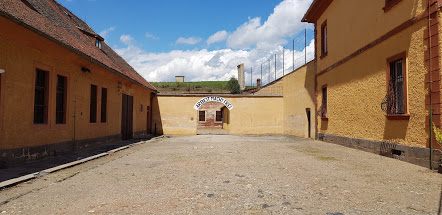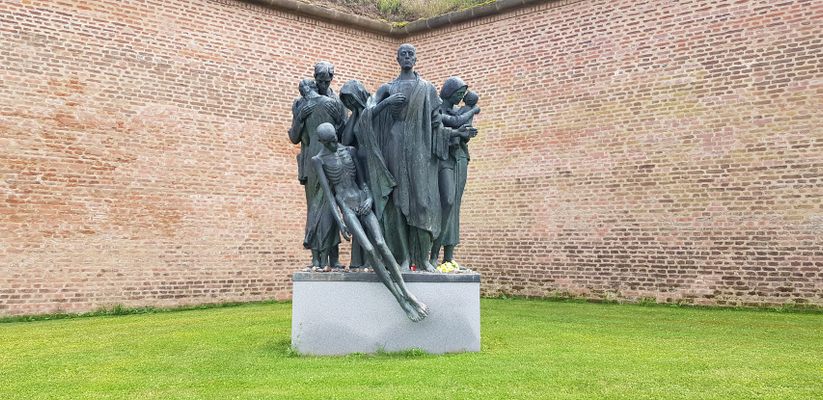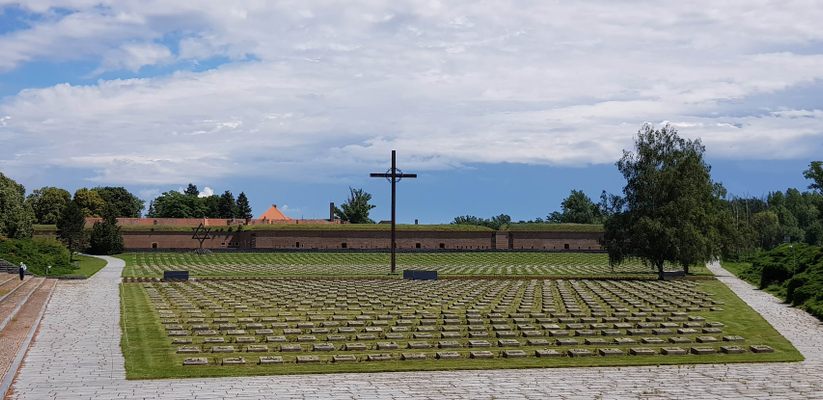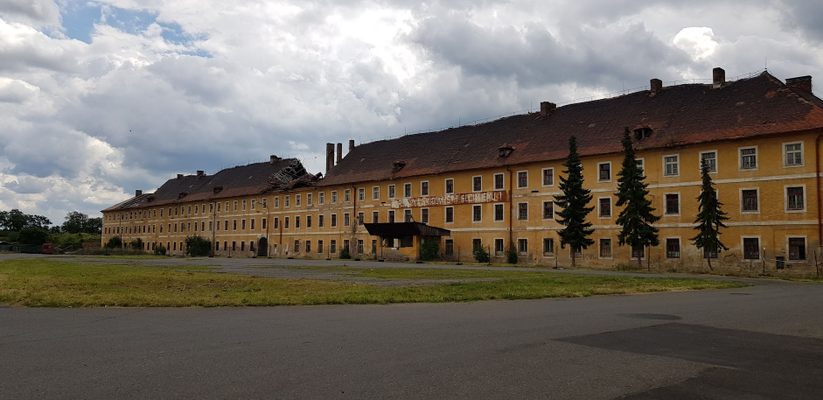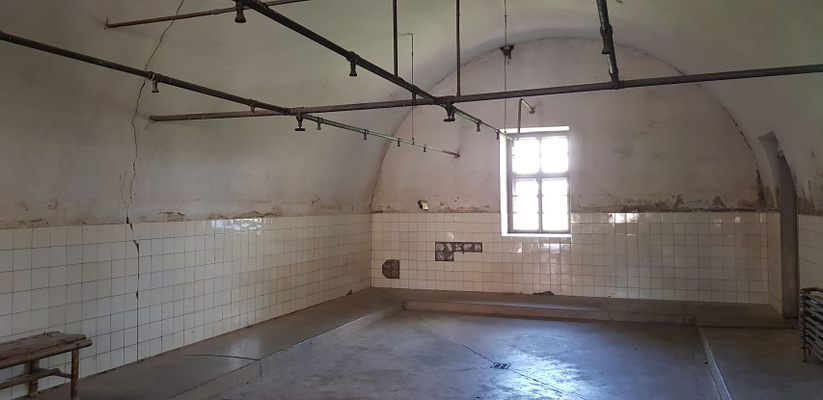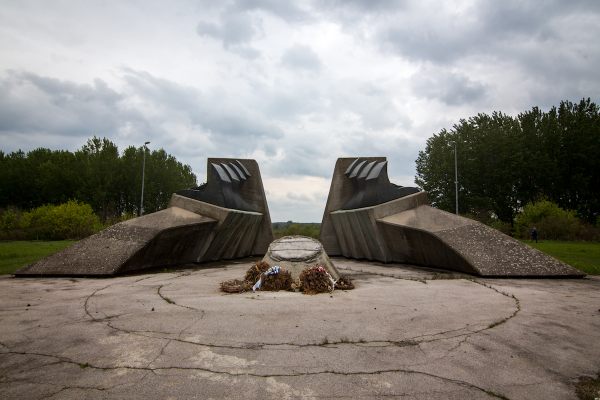About
Just a few kilometers from the Elbe river, Terezín (Theresienstadt) was originally established by the Habsburgs as an Austro-Hungarian military encampment. In the late 1930s, the Nazis set up the city of Terezín as a "model concentration camp" to show off to the outside world, attempting to prove that the Jewish people imprisoned there enjoyed humane conditions. The reality, of course, was much different.
The Theresienstadt "camp-ghetto" existed for a little over three years, from November 1941 to May 1945. It primarily served as a transit camp for Czech Jews whom the Germans eventually deported to other camps in eastern Europe, as well as a ghetto-labor camp.
Germany's publicly stated purpose for deporting Jews was to resettle them in the east, where they would be compelled into forced labor. Many who were too old or otherwise incapable of physical labor were sent to Theresienstadt, which was sometimes described as a "spa town" in Nazi propaganda, where elderly German Jews could "retire" in safety.
Approximately 140,000 Jewish people were brought to Theresienstadt. Nearly 90,000 of them were deported to points further east. An estimated 33,000 died in Terezín, mostly from disease or starvation.
Located in the center of Terezín, the Terezín Ghetto Museum provides an overview of the role that Theresienstadt played in Nazi propaganda, and how the real residents suffered. Across the Ohre River in the original Austro-Hungarian fortress, the Terezín historical site continues with a tour of the prison facilities and a moving memorial to all those who died on its grounds.
Related Tags
Know Before You Go
Accessible by bus from Prague (to Terezin), or by train from Prague to Bohušovice nad Ohří or to Litoměřice (about 45min walk from each train station). It's also possible to arrive by bike as a short detour from the Elbe-Prague bike route.
Community Contributors
Added By
Published
May 19, 2021
